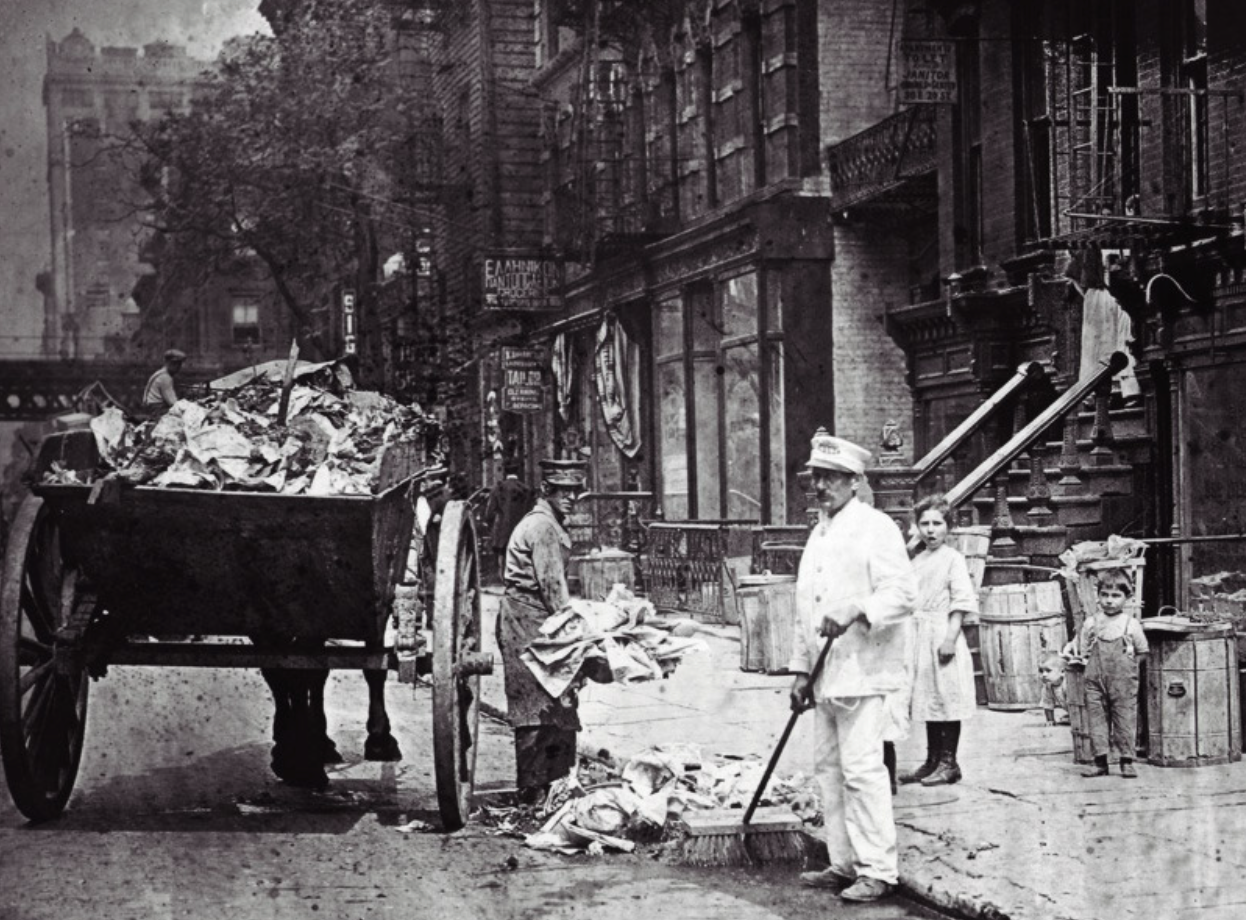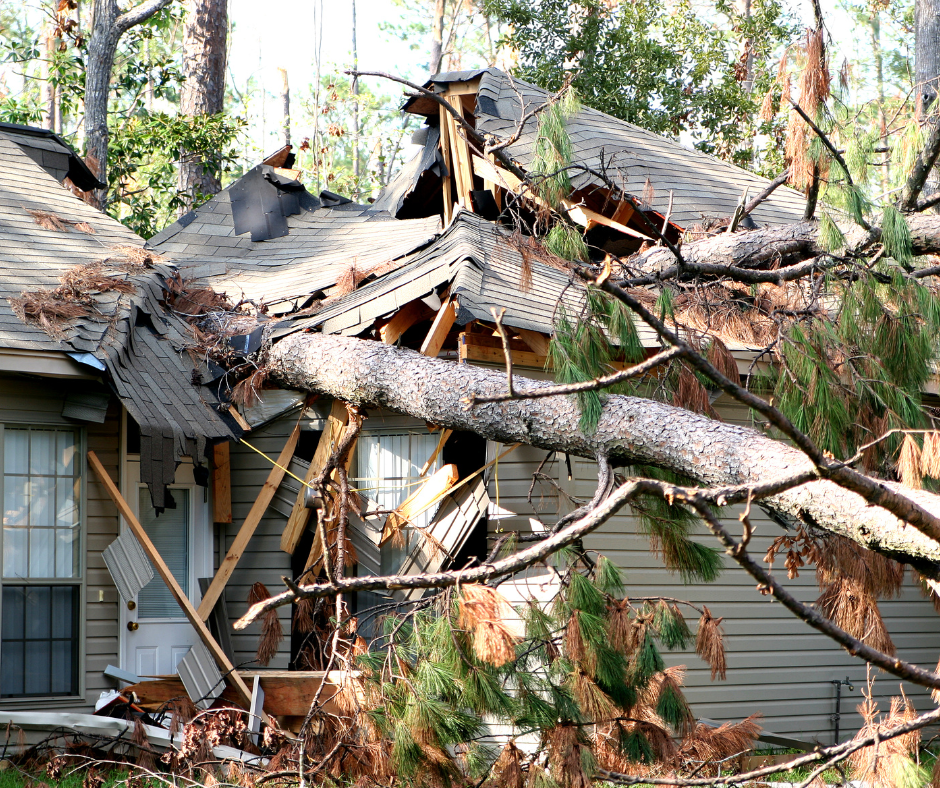
Credit: Collectorsweekly.com
We see trash trucks every day and don’t think twice about them. Yet, without them, city streets and neighborhoods would become inundated with trash. There would be no recycling at the curb. Since Berks Transfer celebrated Global Garbage Man Day on June 17th, we thought it fitting to take a look at the concept of organized municipal trash collection.
Early Challenges and Solutions
Before the advent of organized waste management systems, cities faced significant challenges with waste disposal. Early urban centers often dealt with waste by dumping it into rivers, streets, or open spaces, which led to unsanitary conditions and health hazards. In medieval Europe, for instance, residents would throw their waste out of windows, creating sanitation issues within city walls.
Emergence of Public Health Concerns
During the Industrial Revolution, waste disposal became increasingly important as cities grew. As a result of poor sanitation and contaminated water sources, urbanization increased the spread of diseases such as cholera and typhoid. These health crises spurred governments and city planners to devise more systematic approaches to managing urban waste.
Pioneering Efforts in Waste Management
The Indus Valley civilization and ancient Greece were among the first civilizations to organize waste collection. These societies had designated places for waste disposal and even rudimentary systems for managing organic waste. However, it was not until the 19th century that more modern approaches emerged.
The Influence of Industrialization
The 19th century saw significant advancements in waste management, largely driven by the growth of industrial cities. Urban centers in Europe and North America began experimenting with various waste disposals, including incineration and organized collection services. For instance, in the 1880s, New York City established the first municipal street cleaning department, which eventually expanded to include garbage collection.
Technological Innovations
The early 20th century witnessed further advancements in waste collection technologies. Motorized vehicles (e.g., garbage trucks) allowed for more efficient and widespread collection services, replacing older methods that relied on horse-drawn carts. It wasn’t until the 1930s that the hydraulic rear-load compacting garbage truck came on the scene. Since then, garbage trucks have evolved with the side-load process, a hydraulic-powered blade, and hydraulic arms.
Modern Challenges and Innovations
Today, municipal trash collection remains a cornerstone of urban infrastructure around the world. However, new challenges such as population growth, urban sprawl, and environmental concerns have prompted cities to adopt more sustainable waste management practices. Recycling programs, composting initiatives, and the development of waste-to-energy technologies represent modern efforts to reduce landfill waste and minimize environmental impact.
The history of municipal trash collection is a testament to human ingenuity and our ability to adapt to the challenges of urban living. From ancient civilizations managing waste in rudimentary ways to modern cities implementing sophisticated waste management systems, the evolution of trash collection reflects our ongoing commitment to public health, environmental stewardship, and sustainable urban development.















